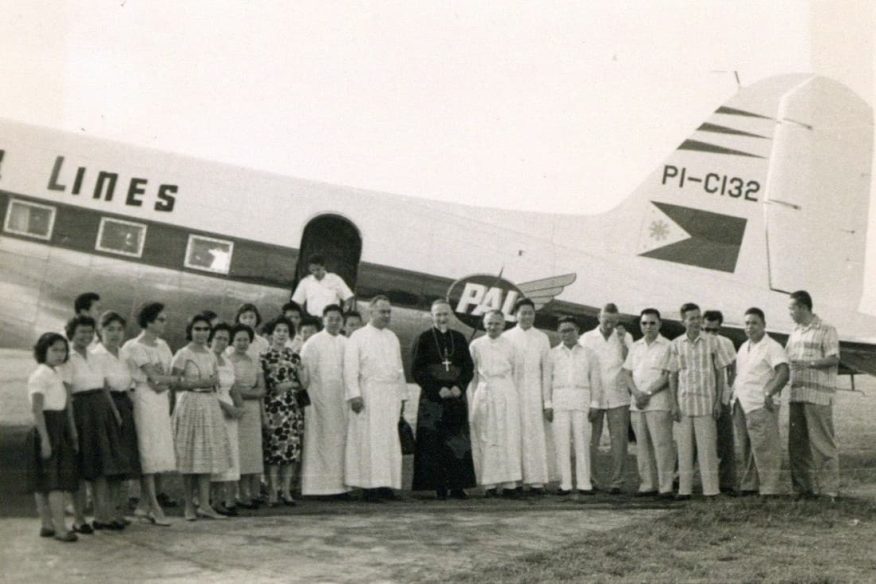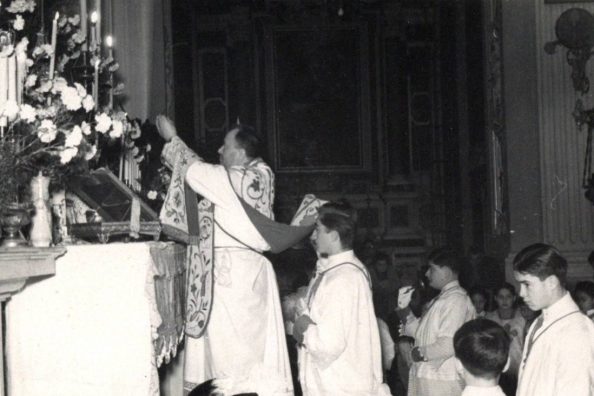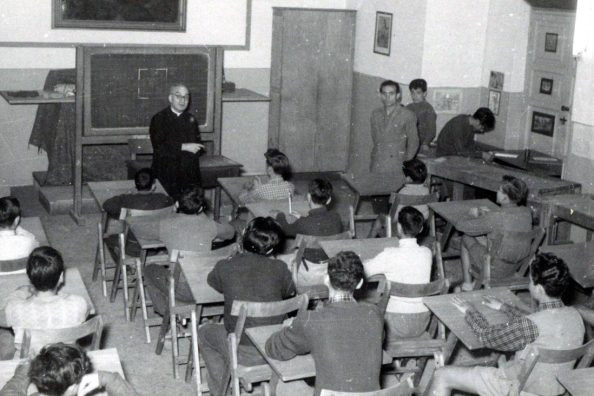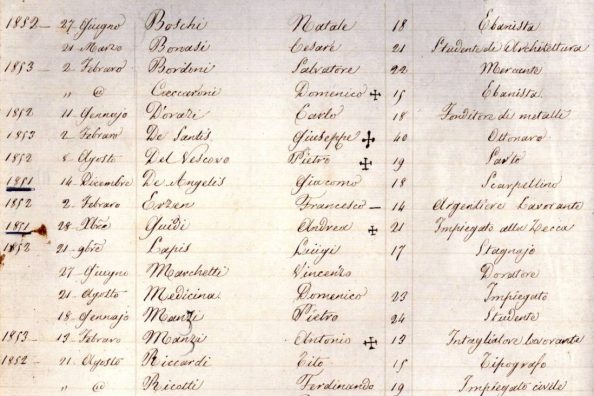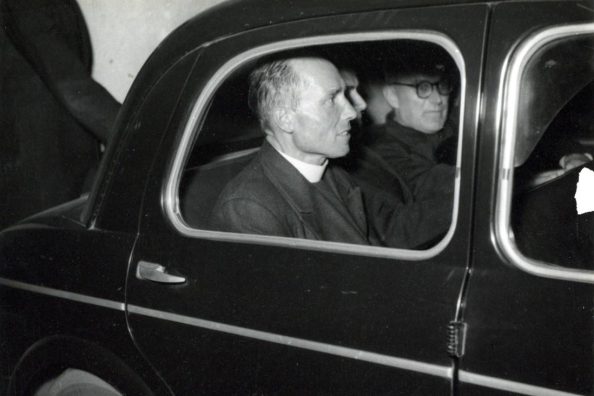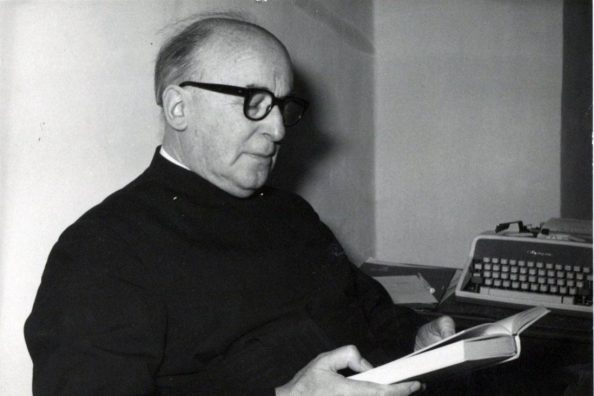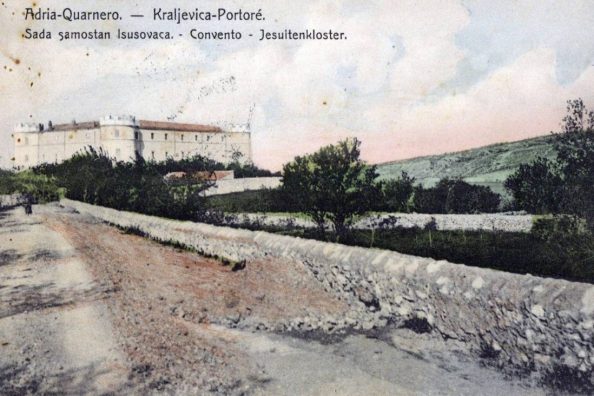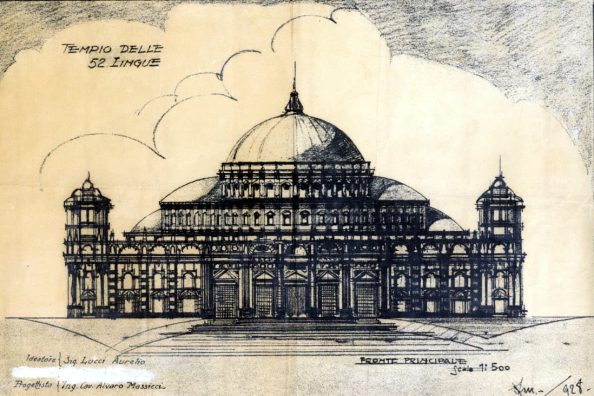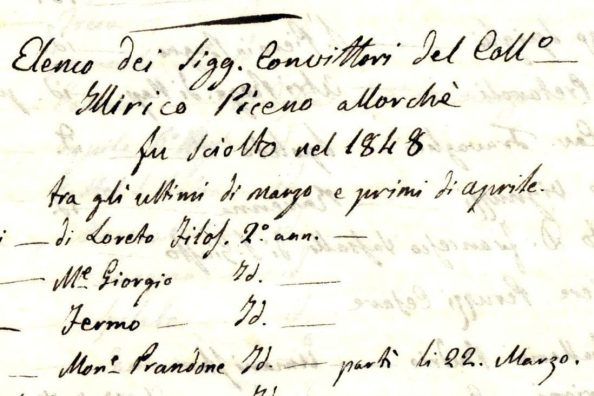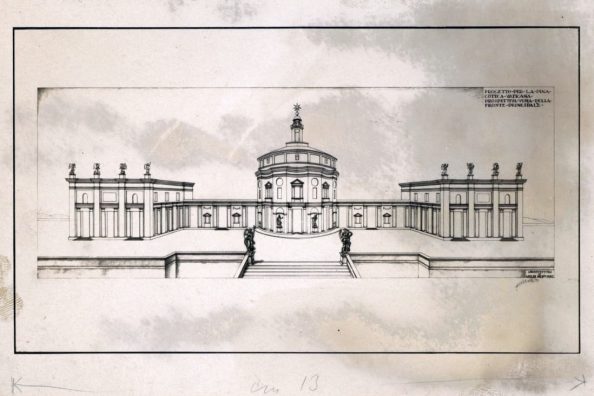Jesuits on the move: travels and means of transport
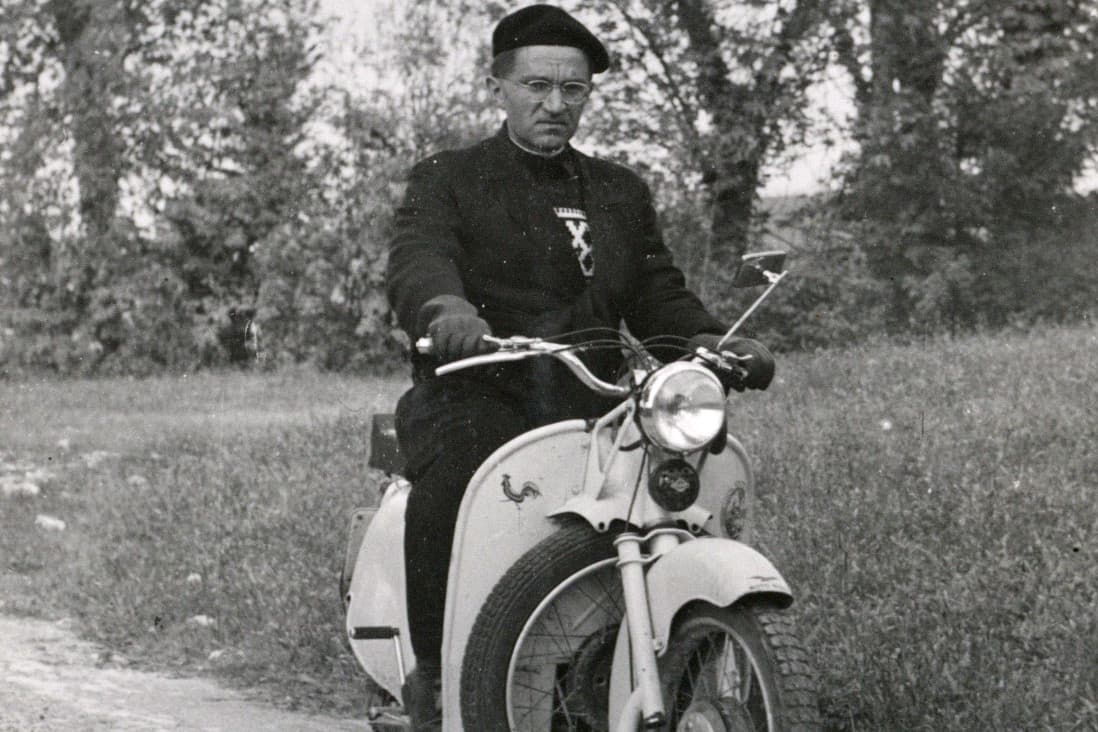
We are used to covering short and long distances by car, train or plane, means of transport that are now part of our daily lives. How did Jesuits travel to get to a parish or from one residence to another?
In the past, travelling even a few kilometres could still be very difficult and time-consuming. For Jesuits engaged in ministries far from their residence there were various possibilities and means of transport, some of which are no longer used today.
Getting to Villa Mondragone
Let us take a journey back in time, accompanying the Jesuits of Villa Mondragone College on their journeys.
The College was located near Frascati and the Jesuits often needed to reach Rome, which was just over 20 kilometres away, as well as the locations of the Roman castles or more distant cities.
For trips and outings from the college, the children often travelled by donkey to Castel Gandolfo, for example. The older ones, always accompanied by the Jesuits, would ride to Albano or Nemi.
From the gate of the villa to the gate where the road to Frascati begins, there is a long tree-lined avenue to be travelled, with a steep incline, so the fathers had a cart and horses available to cover that first stretch of road.
From the house diaries we know that often the youngest children who were particularly tired after a day’s outing would return on the cart sleepily up the slope and in the event of crowding, some would be carried on the shoulders of the Jesuits.
The Fathers travelled by landò, Bishops and Cardinals arrived at the college in carriages throughout the second half of the 19th century and again during the first decade of the 20th century.
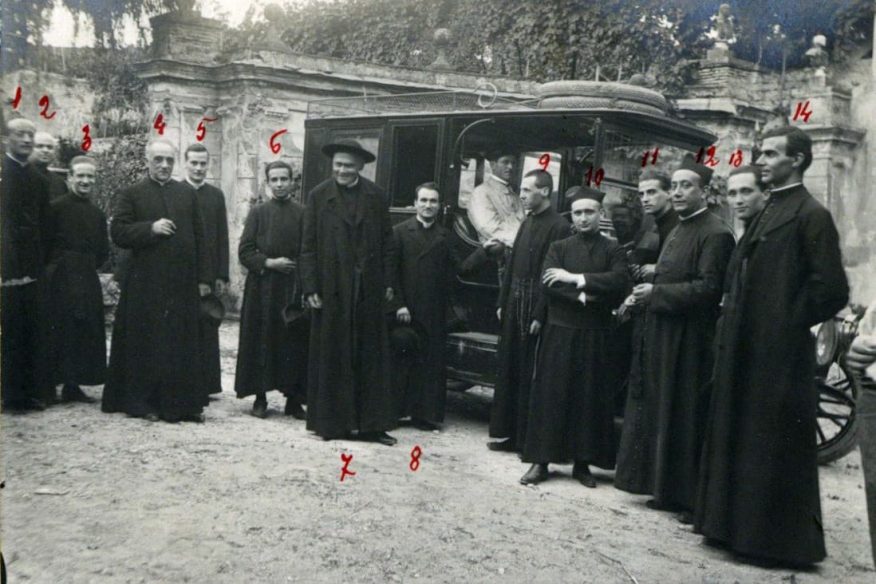
The arrival of the train and cars
With the passing of the years and the progress made by technology in the field of transport, those who travelled to and from the villa did so via the Omnibus and then the “tramvai” that connected Frascati with neighbouring towns and with Rome, with several trips a day.
From 1910, guests and parents of students arrived at the villa in the first cars, which became more and more frequent in the following decades.
We have therefore seen the succession of more modern means of transport, even for long journeys there is evidence.
The train from Frascati to Rome ensured that the Jesuits could reach the capital and from there continue on to destinations outside the region.
P. Lorenzo Rocci, who lived at Villa Mondragone for a long time, appreciated technology. In his diary he often recounts his journeys on trams and trains, and there is also a small anecdote related to the means of transport.
On 23 August 1906, he was supposed to travel to Anagni, leaving from Frascati, by carriage; we do not know the reason for this choice, which was certainly not his fault. Rocci notes the stops that punctuate the route, one first at Sora, then at Ferentino where he changed carriages, until arriving at Anagni at midnight and three quarters. His comment is emblematic: ‘Curious way of travelling. There is so much beautiful railway!! and you have to break your bones in old gigs, for 11 hours of boredom!!!’.
Decades later, residences would be equipped with pick-up trucks, minibuses or even mopeds, to run errands faster or transport people and goods.
Intercontinental routes
The author of the Greek dictionary never took an aeroplane, he died in 1950 when aircraft were not yet a frequent and affordable means of transport. Instead, transatlantic liners, considered safe for long intercontinental journeys, were used very often.
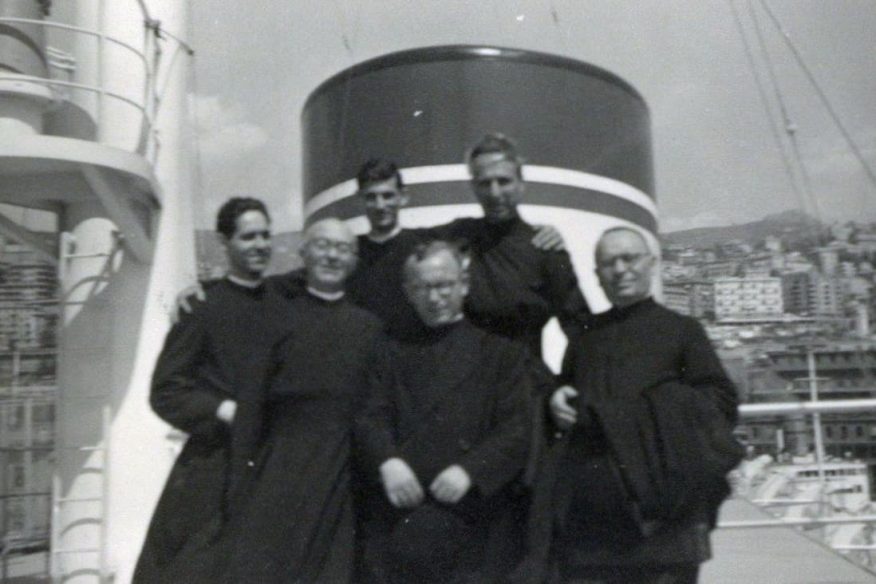
We have recounted in this in-depth study the shipwreck of one of the last ocean liners, the Andrea Doria, directly from the words of the Jesuit who was on board and who survived.
From the mid-twentieth century, the aeroplane became a means of transport used, initially by missionaries and then also by Provincials for transcontinental visits; the photo inside the text shows just such an aeroplane and some missionaries.
Maria Macchi
